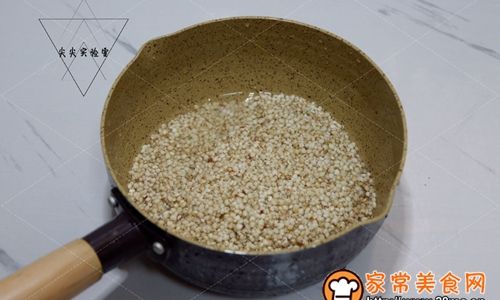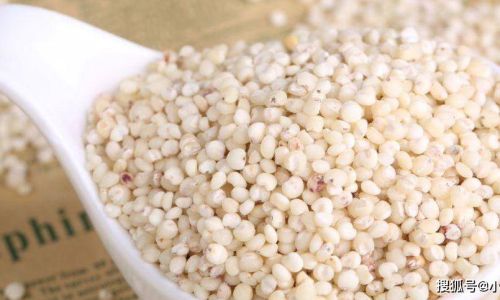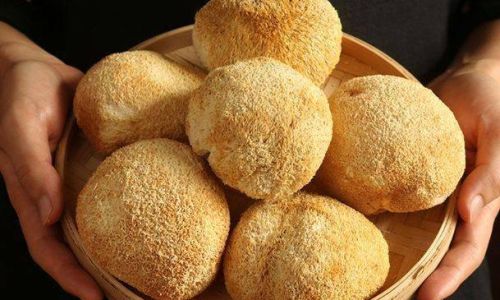Cooking sorghum rice might not be as common as preparing other grains like rice or quinoa, but it’s certainly worth exploring due to its unique nutty flavor, high nutritional value, and gluten-free nature. Sorghum, scientifically known as Sorghum bicolor, is a cereal grain primarily grown in warmer climates and is a staple food in many parts of Africa and Asia. It’s rich in dietary fiber, protein, essential amino acids, vitamins, and minerals, making it an excellent addition to a balanced diet.

In this comprehensive guide, we’ll delve into the intricacies of how to cook sorghum rice perfectly, from understanding its varieties and nutritional benefits to mastering different cooking methods and incorporating it into various dishes. Whether you’re a culinary enthusiast or simply looking to diversify your meal options, this guide will equip you with the knowledge and skills to enjoy sorghum rice to its fullest potential.
Understanding Sorghum Rice
Before diving into the cooking process, it’s crucial to understand what sorghum rice entails. Unlike refined white rice, sorghum is a whole grain that retains its bran and germ, providing a nutritious and fiber-rich alternative. The grains can vary in color from light tan to dark brown, with the darker varieties often being more nutrient-dense.
Sorghum rice is not technically rice but a reference to the processed form of sorghum grains that have been dehulled and polished to resemble rice grains in size and texture. This processing makes sorghum rice easier to cook and consume, similar to traditional rice.
Nutritional Benefits of Sorghum Rice
Sorghum rice boasts an impressive array of nutritional benefits that make it a valuable addition to your diet. Here are some key nutrients and their benefits:

- Dietary Fiber: High fiber content aids in digestion, promotes bowel health, and helps maintain blood sugar levels.
- Protein: Contains all nine essential amino acids, making it a complete protein source for vegetarians and vegans.
- Antioxidants: Rich in phenolic compounds and flavonoids that act as antioxidants, protecting cells from damage and reducing inflammation.
- Minerals: Provides essential minerals like iron, magnesium, and zinc, which support various bodily functions.
- Vitamins: Contains B vitamins, particularly niacin, thiamine, and riboflavin, which are crucial for energy production and nervous system function.
- Gluten-Free: Suitable for individuals with gluten intolerance or celiac disease.
Choosing the Right Sorghum Rice
When selecting sorghum rice, look for grains that are:
- Whole and Intact: Avoid broken grains or powdery residue, which may indicate poor handling or storage.
- Consistent Color: Uniform color indicates good quality; avoid grains with discoloration or mold.
- Fresh Aroma: Fresh sorghum rice should have a mild, nutty aroma. Avoid grains with an off-putting smell.
- Certified Organic: If possible, choose organic sorghum rice to avoid pesticides and other chemicals.
Preparation Before Cooking
Before cooking sorghum rice, there are a few essential steps to ensure the best results:
- Rinsing: Rinse the sorghum grains under cold running water to remove any dust, debris, or residual starch. This step also helps to soften the grains slightly.
- Soaking (Optional): While soaking is not strictly necessary, it can缩短 cooking time and enhance the texture of the cooked grains. Soak the rinsed sorghum in water for about 2-4 hours or overnight. Drain and rinse again before cooking.
- Water Ratio: The standard water-to-grain ratio for cooking sorghum rice is usually 2.5 to 3 cups of water per 1 cup of sorghum grains. Adjust based on your preference for firmness or softness.
Cooking Methods
There are several methods to cook sorghum rice, each offering unique benefits and suitable for different occasions. Here are the most popular methods:
Stovetop Method
-
Ingredients:

- 1 cup sorghum grains
- 5 to 3 cups water or broth
- Pinch of salt (optional)
-
Instructions:
- In a medium saucepan, combine the sorghum grains, water (or broth), and salt (if using).
- Bring the mixture to a boil over medium-high heat, stirring occasionally to prevent sticking.
- Once boiling, reduce the heat to low, cover, and simmer for about 40-50 minutes or until the water is absorbed and the grains are tender.
- Remove from heat and let it sit, covered, for an additional 5-10 minutes to allow the grains to steam and soften further.
- Fluff with a fork before serving.
Instant Pot/Pressure Cooker Method
-
Ingredients:
- 1 cup sorghum grains
- 5 to 3 cups water or broth
- Pinch of salt (optional)
-
Instructions:
- Add the sorghum grains, water (or broth), and salt (if using) to the inner pot of your Instant Pot or pressure cooker.
- Secure the lid and set the valve to the sealing position.
- Select the Manual or Pressure Cook setting and set the timer for 20 minutes at high pressure.
- Once the cooking time is complete, allow a natural pressure release for 10 minutes, then carefully release the remaining pressure.
- Remove the lid, fluff the grains with a fork, and let them sit for a few minutes to absorb any remaining moisture.
Slow Cooker Method
-
Ingredients:

- 1 cup sorghum grains
- 3 to 3.5 cups water or broth
- Pinch of salt (optional)
-
Instructions:
- In the slow cooker, combine the sorghum grains, water (or broth), and salt (if using).
- Cover and cook on LOW for about 4-5 hours or until the grains are tender and the liquid is absorbed.
- Fluff with a fork before serving.
Microwave Method
-
Ingredients:
- 1 cup sorghum grains
- 5 cups water or broth
- Pinch of salt (optional)
-
Instructions:
- In a microwave-safe bowl, combine the sorghum grains, water (or broth), and salt (if using).
- Cover the bowl with a microwave-safe lid or plastic wrap (vented).
- Microwave on HIGH for 10 minutes, then stir the grains.
- Continue microwaving in 5-minute intervals, stirring between each, until the liquid is absorbed and the grains are tender (usually 20-25 minutes total).
- Let it sit, covered, for a few minutes before fluffing with a fork.
Storing Cooked Sorghum Rice
Cooked sorghum rice can be stored in an airtight container in the refrigerator for up to 4-5 days. To reheat, use the stovetop, microwave, or oven until heated through. For longer storage, freeze the cooked grains in portions in freezer-safe bags or containers for up to 3 months. Thaw in the refrigerator overnight before reheating.

Incorporating Sorghum Rice into Dishes
Sorghum rice is versatile and can be used in various dishes, from breakfast porridges to main courses and desserts. Here are some ideas to inspire you:
- Breakfast Porridge: Combine cooked sorghum rice with milk, honey, and a sprinkle of cinnamon for a nutritious breakfast.
- Salads: Use it as a base for grain salads with vegetables, legumes, and a light dressing.
- Stir-Fries: Add cooked sorghum rice to stir-fries for a hearty and filling meal.
- Stuffings: Incorporate it into stuffing for poultry or vegetables.
- Desserts: Use it in place of rice in pudding or as a topping for yogurt or ice cream.
- Burgers and Patties: Mix it with beans, vegetables, and spices to form patties for a gluten-free burger option.
Conclusion
Cooking sorghum rice might seem like a daunting task at first, but with the right knowledge and techniques, it becomes a straightforward and rewarding process. This guide has provided a comprehensive overview of how to cook sorghum rice, from understanding its nutritional benefits and choosing the right grains to mastering various cooking methods and incorporating it into diverse dishes.
By incorporating sorghum rice into your diet, you not only add a unique and nutritious grain to your culinary repertoire but also contribute to a healthier lifestyle. So, the next time you’re looking to diversify your meal options or seek a gluten-free alternative, give sorghum rice a try. With its nutty flavor, high nutritional profile, and versatility, it’s sure to become a staple in your kitchen. Happy cooking!






0 comments